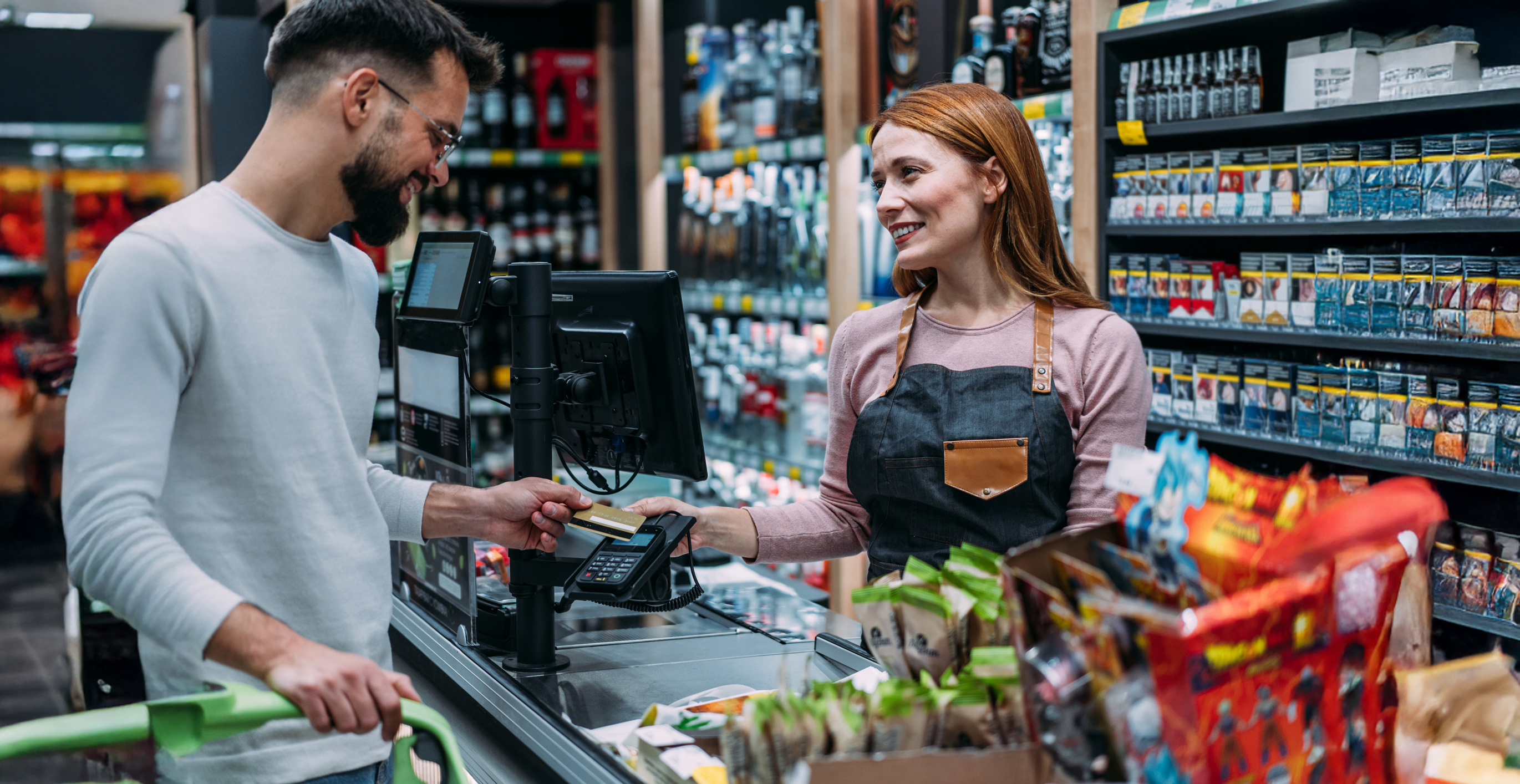
Retail crime crisis: what UK convenience stores are facing
Retail crime has reached alarming new levels in the UK’s convenience sector, with incidents of theft, violence, and antisocial behaviour becoming a daily concern for thousands of store owners and staff. According to the ACS Crime Report 2025:
- An estimated £316 million is lost to crime annually. £6,259 per store
- There were over 6.2 million theft incidents, with only 492,000+ officially reported
- Almost 9 in 10 store colleagues experienced verbal abuse last year. Shockingly, nearly half of those incidents were hate-motivated.
- A staggering 59,000+ violent incidents occurred last year, often involving knives or blunt objects
This crime wave is not only economic but deeply personal, disrupting operations, damaging morale, and eroding community trust.
What independent retailers are saying about rising store crime
As the market-leading engagement app for independent retailers, *Shopt provides CPM with direct access to over 18,000 retailers; this equates to over 50% of the UK’s convenience market.
Recently, CPM held a Retailer day for the channel which revealed deep-rooted concerns from frontline operators:
“We’ve never known crime to be like this, not in all the years we’ve been running shops.”
These are family-run businesses, often owner-operated. Unlike major chains, they don’t have corporate security policies or support networks. The shop is their livelihood, and when crime strikes, they take the hit directly.
Key takeaways from our discussion:
- Distraction tactics used by criminals are a growing concern. Retailers are hyper-aware and wary of anything that pulls attention from the shop floor
- As a result, engagement with field teams is dropping; not because retailers don’t value the support, but because they cannot afford to be distracted
- This concern is shaping ranging and service decisions, with some opting to reduce or avoid products and services that are perceived to be crime magnets.
How retailers are fighting back
Despite challenges, retailers are investing heavily in crime deterrence:
- £265 million spent in 12 months, averaging £5,259 per store
- Key tools include:
- CCTV (including live feeds to mobile)
- Body-worn cameras
- Perspex screens
- Alarm systems
- Defensive merchandising
- Headsets for safer staff coordination
- Innovations like central digital reporting hubs, facial recognition, and prosecution-assisting tagging are being piloted
Yet even with investment, crime continues to evolve. Despite their efforts, many retailers still feel unsupported. Only 36% of incidents are reported to the police, often due to time constraints, a lack of follow-up, or previous poor experiences
Smarter brand strategies for crime-conscious retail environments
To support retailers without adding pressure, brands need field teams to work differently. They need to be adaptive, low-disruption, high-impact partners. More precise, less intrusive, and always relevant. That’s why we believe predictive modelling and store-level data become essential tools along with both flexible physical and digital resources .
Our angle:
1. Use store-level data to support without disruption
Analyse EPOS sales data at the SKU-store-day level (we have this data from over 11,000 named convenience stores) - alongside insights like footfall, store format, seasonal patterns, and location factors – so you can predict:
- Which stores are most likely to respond well to particular SKUs
- Where stock-outs are most likely or already happening
- Which stores have untapped sales potential for specific categories
This data-led, predictive approach minimises disruption and maximises ROI by focusing conversations only where they deliver measurable value aligning with retailers’ needs, not interrupting or distracting them.
2. Ensure in-store visits solve problems, not create them
The approach we take is that in-store time should be brief and practical. With retailers on high alert, long conversations or generic pitches won’t land. Instead, field teams need to be equipped to:
- Get straight to the point with data-led, actionable suggestions
- Solve specific problems, such as improving availability or optimising shelf space
- Deliver quick wins that matter to the retailer, not just the brand
3. Support convenience stores on their terms with digital tools
Not every store is ready - or able - to engage in person. That’s why digital platforms like *Shopt offer a valuable complement. Retailers can receive:
- Product prompts
- Offer notifications
- Campaign information
- Incentives and rewards
- when it suits them. No pressure, just timely, relevant support.
4. Design POS and packaging to work in high-risk stores
Retailers are increasingly sensitive to anything that might increase risk or draw unwanted attention. Brands should ensure their in-store materials support safety as well as standout:
- Favour compact, secure displays that are easy to manage and remove
- Avoid high-value items in exposed or tamper-prone locations
- Keep packaging bold but discreet - especially for theft-prone categories
- Design promotional materials that are simple, store-friendly, and low-risk
When execution respects the store environment, retailers are more likely to engage and activate.
Our take: An opportunity to be a preferred brand and supplier
The rise in retail crime is shifting how convenience stores operate - and how they want to be supported. For brands, we believe that means rethinking traditional field strategies to focus on help, not hassle. Using predictive data, store-level insight, and a flexible blend of in-person and digital contact, brands can stay aligned with retailer priorities and drive better results – and as such, we’re uniquely placed to help them.
Want to know more? Get in touch.


 2 minute read
2 minute read


